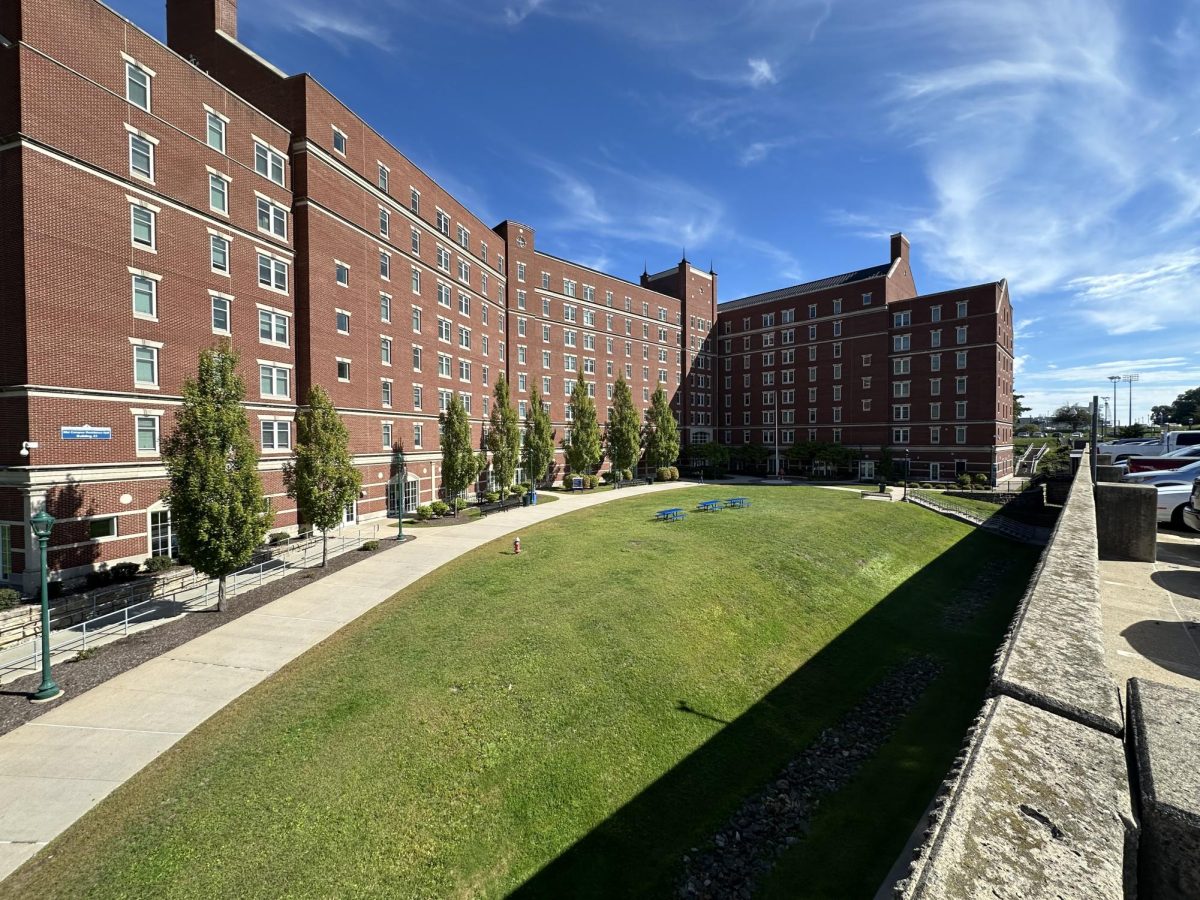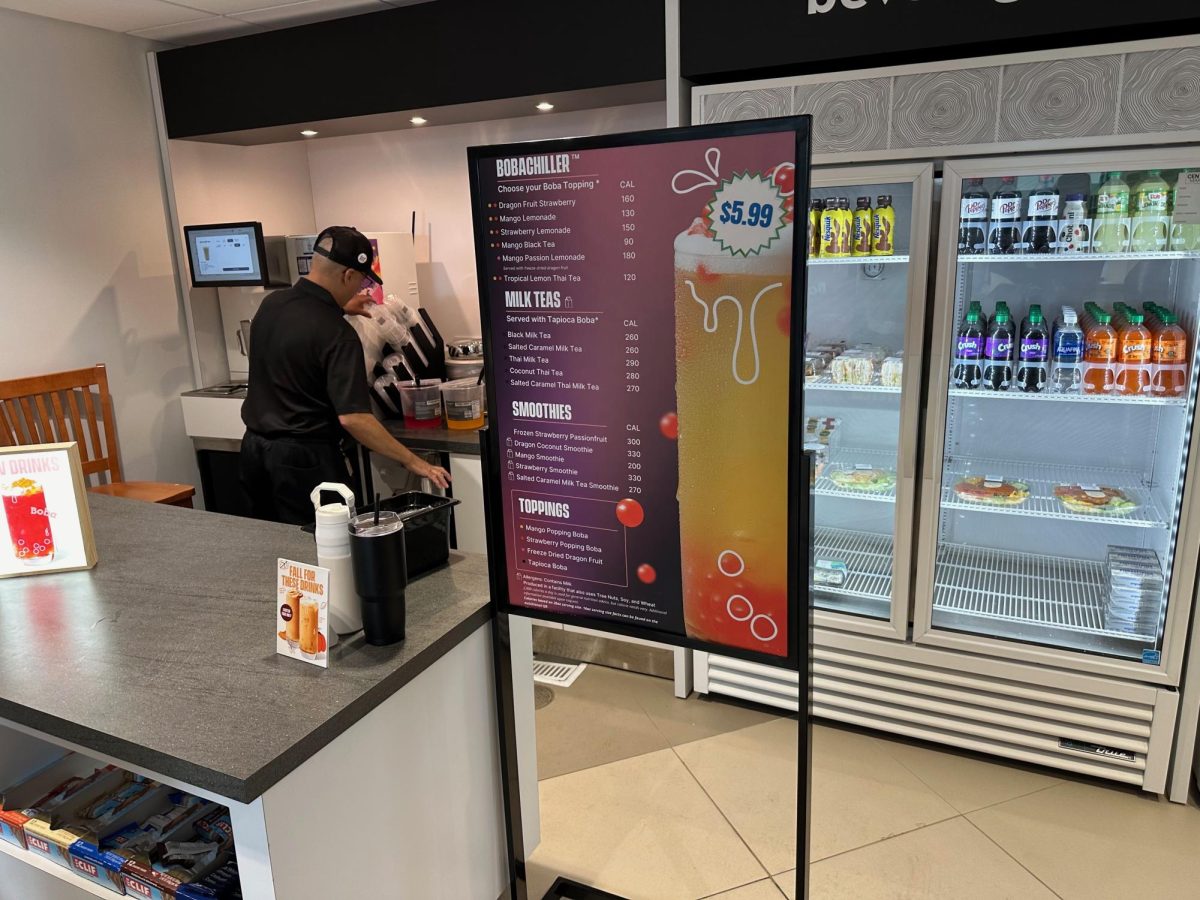Administration Looks For Answers
By Amanda Webster
For the second year in a row enrollment at CCSU has declined, leaving faculty and administrators asking “why”?
According to the Office of Institutional Research and Assessment, enrollment is down by 3.1 percent. The Connecticut Board of Regents for Higher Education is projecting an annual one percent drop for higher education in the state until 2020.
Faculty Senate President James Mulrooney conducted a phone survey to contact students who did not finish their education with CCSU in an attempt to figure out a pattern that would explain why students leave Central.
“If you’re looking for the smoking gun, the main reason, there isn’t one,” said Mulrooney. “Everybody had a different reason,” he explained.
According to the survey, the reasons for students not returning to CCSU stemmed all the way from personal to financial reasons. Some students decided that college was not for them while others decided to take up a trade or enlist in the armed forces.
“There was a very small group who were not happy here,” said Mulrooney. The student unhappiness was again attributed to many different reasons.
According to Mulrooney, some students felt that Central did not offer what they were looking for in their education while others just wanted a different social experience.
The survey has been conducted three separate times, all during summer and winter months after the registration periods. The total number of students that were accounted for not registering for Spring 2012 was 398. Out of the 398 students, 152 were reached in the phone survey and gave a reason for not returning. According to Mulrooney, the Spring 2013 numbers were just about the same with about 45 percent of students that provided responses.
“Some went to community colleges but I suspect they’ll be back,” said Mulrooney.
Part of the problem with measuring retention is that the school measures in cohorts, meaning that if a student decides to leave CCSU to finish their general education requirements at a community college before returning to complete their major classes, they will still be counted as a loss and later counted as a transfer student.
Mulrooney said that doing the survey the second time around gave some students enough time to figure out their situation and they were able to re-enroll in the University.
Because there is no single answer to the enrollment issue, different multi-pronged approaches are being implemented around campus in order to improve some of the issues students gave as reasons for leaving, said Mulrooney.
Laura Tordenti of Student Affairs said that should enrollment continue to decline, the University will seek different marketing techniques. One of the biggest challenges faced by Connecticut colleges, however is that there are simply fewer students graduating high school than before.
“We’re certainly looking to increase our graduate student offerings,” said Tordenti as a possible alternative marketing source.
Tordenti said that the University is always looking for new ways to appeal to students and that as long as the school is seen as attractive then students will continue to invest in higher education here.
“This is a terrific institution, we have so much to offer,” said Tordenti. “I think we’re positioned very well.”


